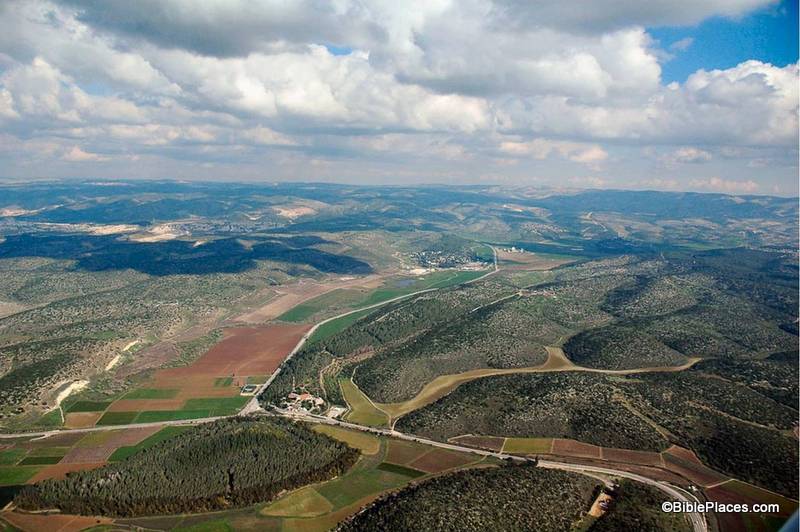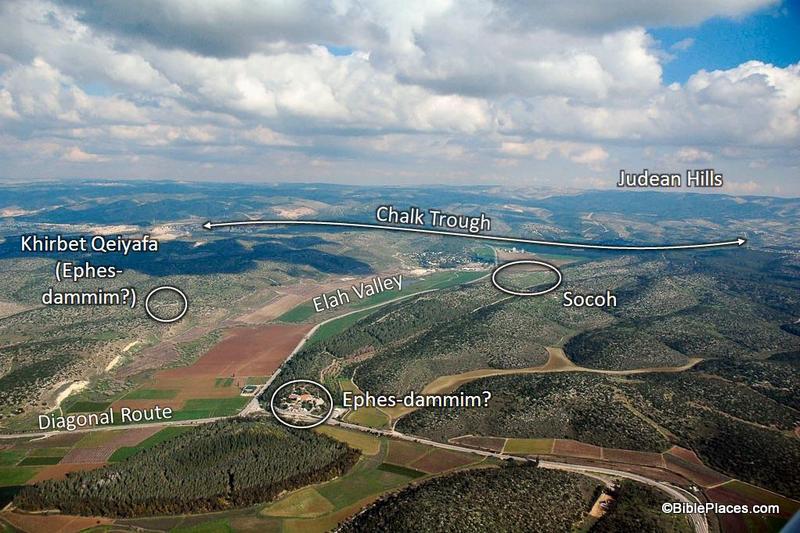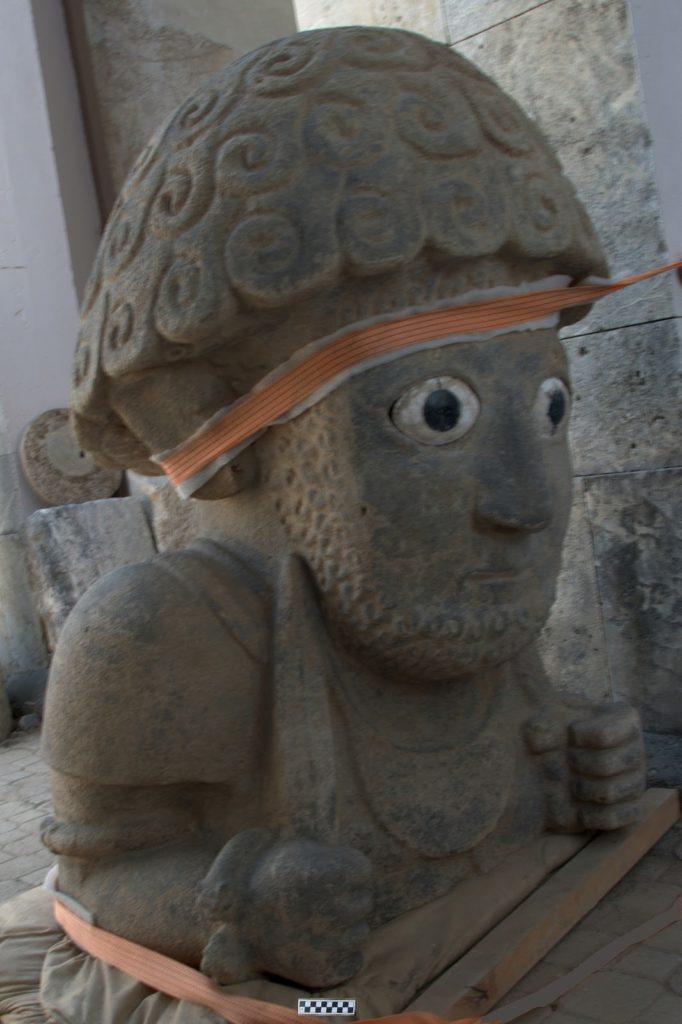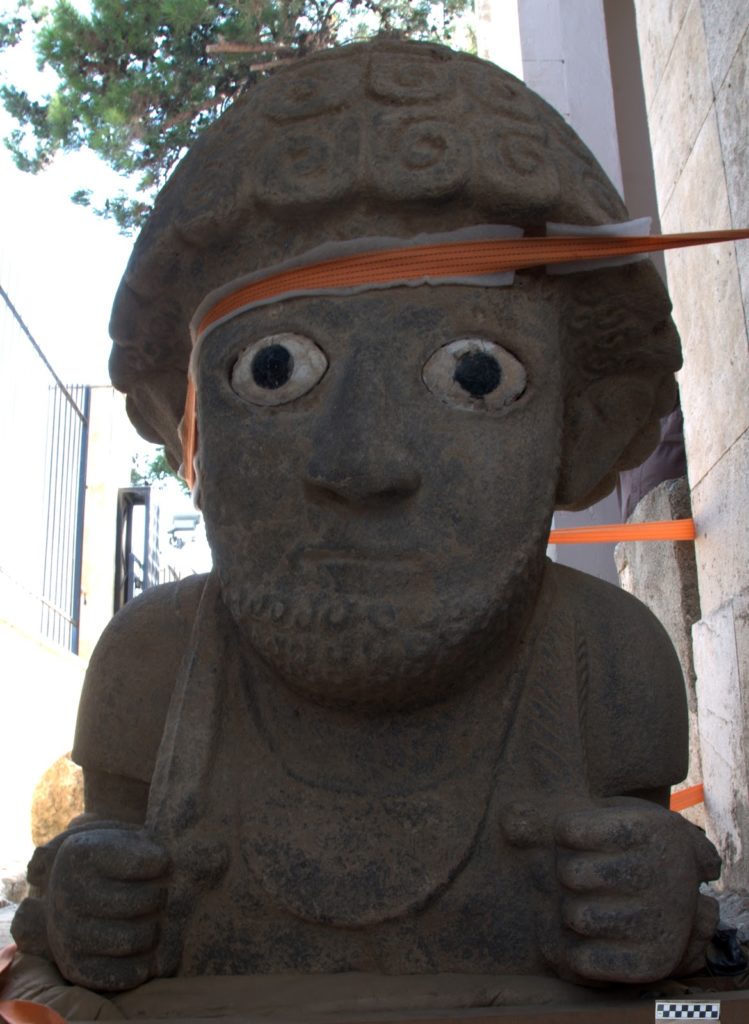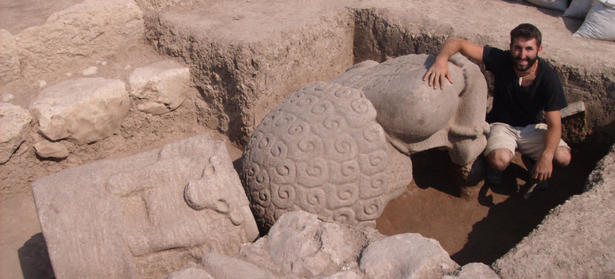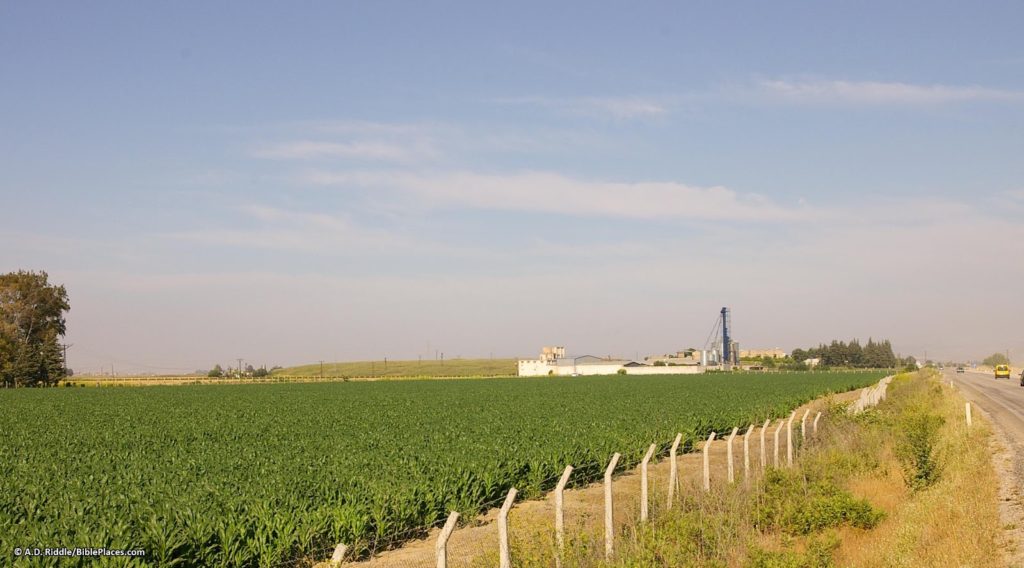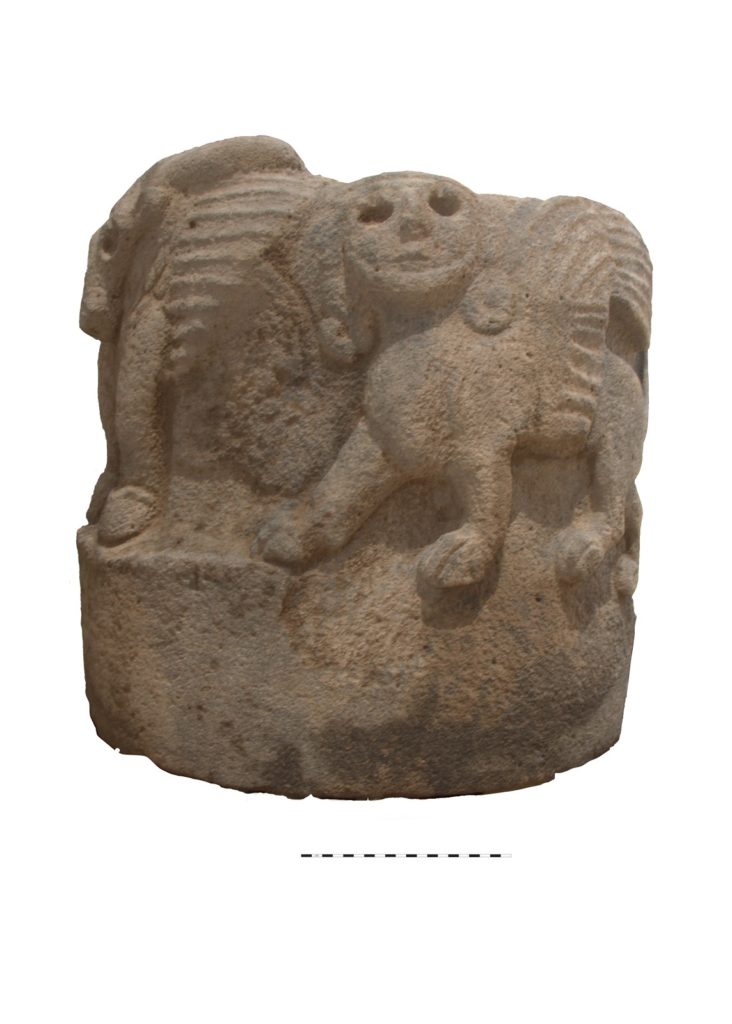From the Jerusalem Post:
The Jerusalem Biblical Zoo and the Jerusalem Municipality announced on Sunday a NIS 80 million initiative to create Israel’s largest aquarium at the zoo. The aquarium, expected to open in 2015, will hold 2 million cubic meters of seawater in a number of large tanks. The highlight of the exhibit will be an underwater tunnel where visitors can walk underneath the aquarium and see a 180-degree view of the sharks, sea turtles, coral reefs and exotic fishes. The two largest tanks will focus on life in the Red Sea and the Mediterranean, while 30 smaller tanks will feature small habitats…. “Jerusalem will be the first city where there will be both the Red Sea and the Mediterranean Sea, and people won’t be able to say anymore that Jerusalem doesn’t have the sea,” Mayor Nir Barkat said.
The full story is here.
